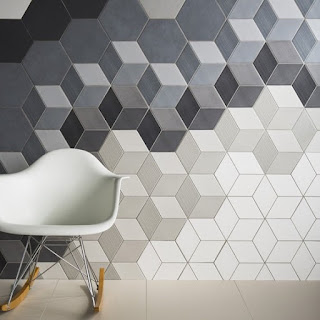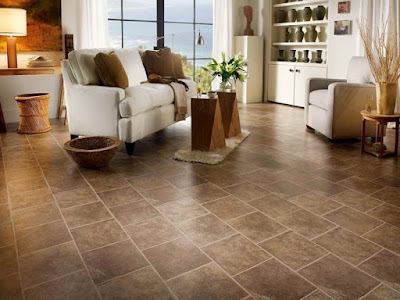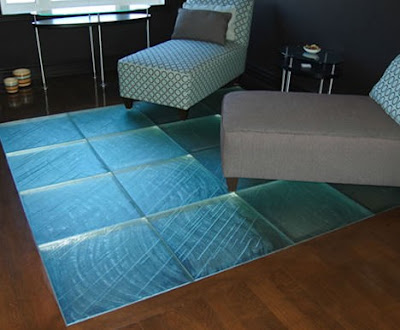Today, we study the pros and cons of ceramic tiles and porcelain tiles.
Ceramic
 |
| Image source: linkedin.com/in/rajunakum (Ceramic Tiles) |
Ceramic is best known for being affordable and second-best known for its variety. It may be purchased in very many styles and colors (terracotta, quarry, clay brick, etc.), even in imitation of wood and stone (stone-looking ceramic tiles are more durable than actual stone tiles, too).
Its glazed variety is relatively water resistant, but the same cannot be said for its unglazed form. Unglazed ceramic tiles are great for adding a touch of warmth to an area’s aesthetic, but it is “soft” and easy to damage if placed where there is heavy foot traffic. However, it will last a very long time if only used for households.
Porcelain
 |
| Image source: alraheemtraders.pk |
As a floor tile, porcelain is very well known for its hardness, even in its unglazed form. It is denser so it can be cut thinner while having the same hardness as a thicker glazed ceramic counterpart. The only catch is that it is a little more expensive than ceramic in general.
Porcelain, since it’s very durable, is a good material to invest in spite of cost if to be used for commercial spaces where heavy traffic is expected. It is scratch resistant, easy to maintain, and, in its unglazed variety, is also resistant to stains.
The Verdict
When it comes done to it, it is better to decide on whether to go for ceramic or porcelain using two factors: usage and budget. Ceramic is still the top choice when it comes to households because it gets the job done for less (around half) the cost. Ceramic is also the perfect choice if you’re prospecting to do DIY repairs—it’s easier to cut, modify, attached, and so on. Porcelain is a great investment for both home and business. It has a relatively higher PEI rating than ceramic counterparts of the same thickness, has all the floor tile benefits of ceramic and more, but at a greater cost.



















